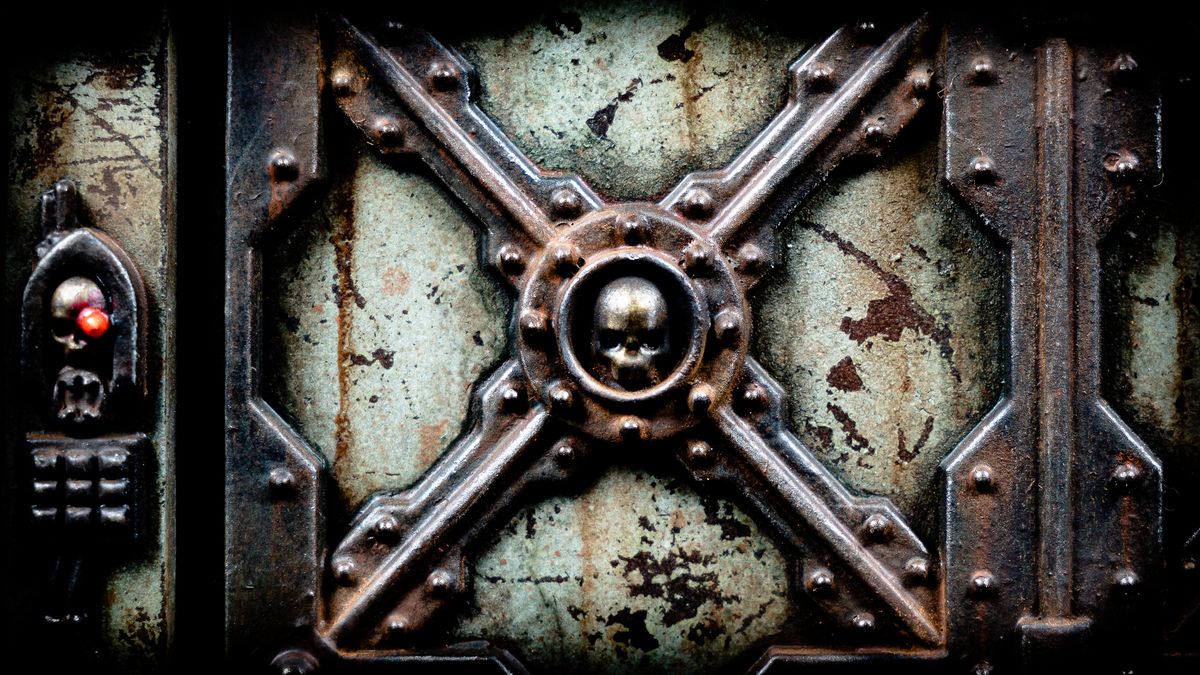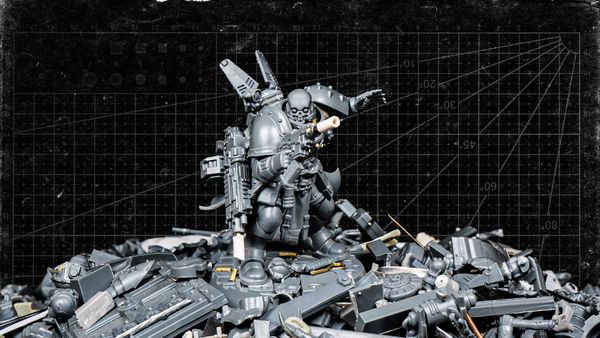Weathering 101: Basics of Realistic Effects
Let me guide you through my general process for achieving realistic weathering effects on miniatures. Starting with the basics of priming and undercoating, we will delve into advanced techniques such as chipping and streaking.

Introduction
I'm thrilled to share with you the debut installment of my new series on weathering techniques. In this tutorial, I'll be explaining step-by-step how I create realistic effects on miniatures. This method is versatile enough to be used on both large model like sceneries or vehicles, as well as smaller models. Moreover, this is an excellent way to improve your painting skills and get a better understanding of the fundamentals, so let's get started!
This guide has been designed as an introduction for those who are new to weathering techniques. We will explore how to use acrylic fluids, oil paints, and pigment powders to create a weathered, well-used appearance that adds character and depth to your work. Starting from priming and undercoating through chipping and streaking, I will break down my complete process so that you can achieve a similar result to the one shown below.





